Introduction:
Underfloor heating systems distribute heat evenly across floors, providing efficient warmth throughout a space. Central to these systems are the pipes that circulate warm water, ensuring optimal heat transfer.
Types of Underfloor Heating Pipes
Two common types of pipes used in underfloor heating systems are PEX (cross-linked polyethylene) and PERT (polyethylene raised temperature). Each type has its own distinct characteristics and advantages.
Advantages of PEX Pipes
Flexibility for easy installation
Excellent resistance to corrosion and chemicals
Longevity and minimal maintenance requirements
Disadvantages of PEX Pipes
Despite their advantages, PEX pipes have some limitations. They may degrade when exposed to prolonged UV light, making them less suitable for outdoor installations or areas with extensive sunlight exposure. Additionally, PEX pipes have a maximum operating temperature limit, which may restrict their use in high-temperature applications.
PERT Underfloor Heating Pipes
PERT pipes, on the other hand, offer a balance of flexibility and strength, making them suitable for underfloor heating systems. These pipes are designed to withstand higher temperatures than PEX pipes, making them ideal for applications where elevated temperatures are required, such as hot water heating systems.
Advantages of PERT Pipes
Balance of flexibility and strength
High resistance to oxidation
Excellent thermal conductivity for efficient heat transfer
Disadvantages of PERT Pipes
Disadvantages of PERT Pipes
While PERT pipes offer several advantages, they may be prone to kinking if not handled carefully during installation. Proper installation techniques are crucial to prevent any damage to the pipes and ensure optimal performance.
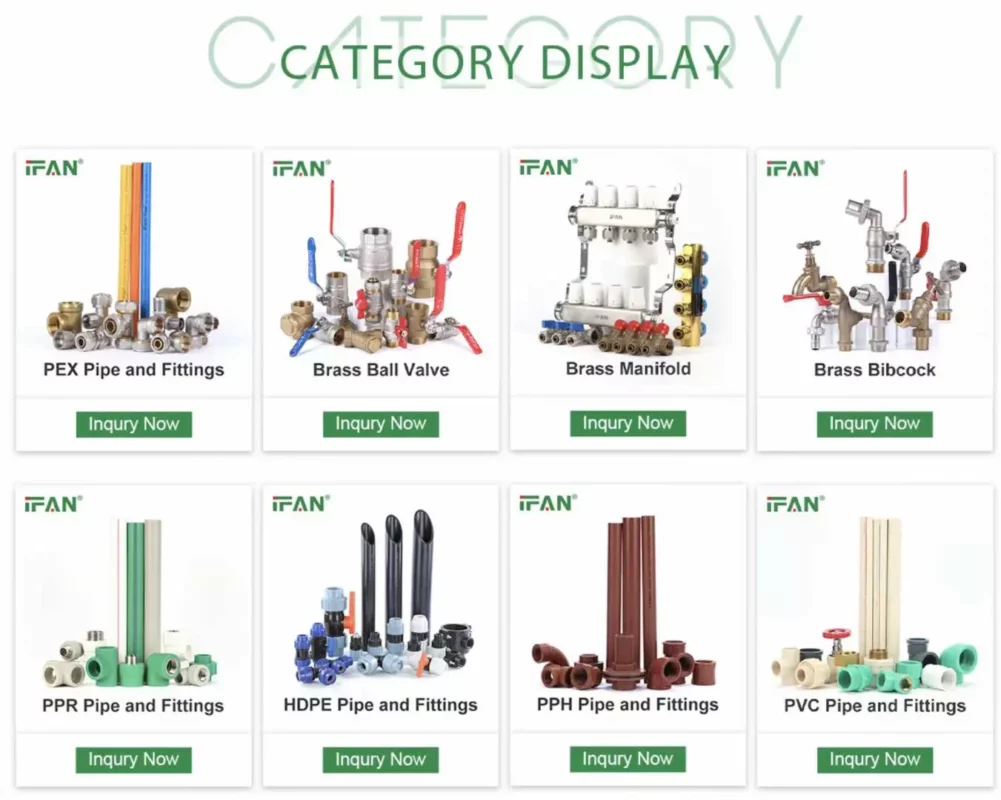


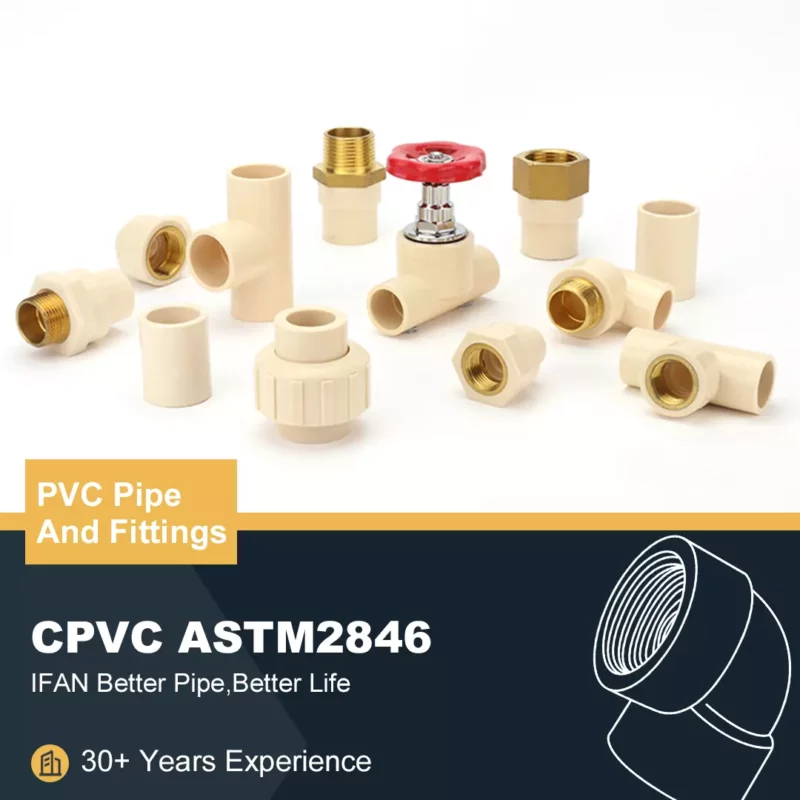
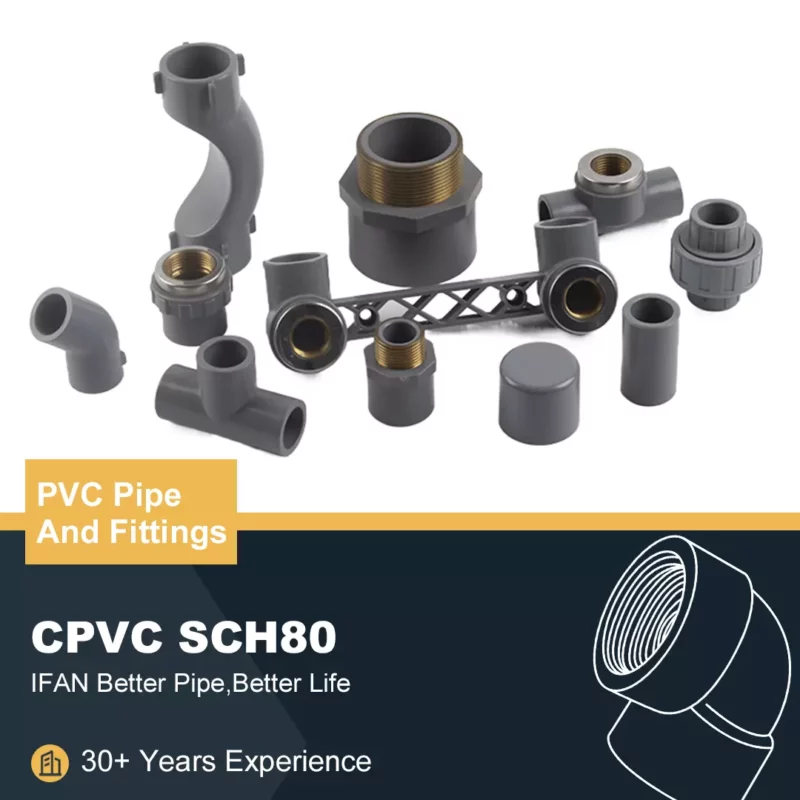
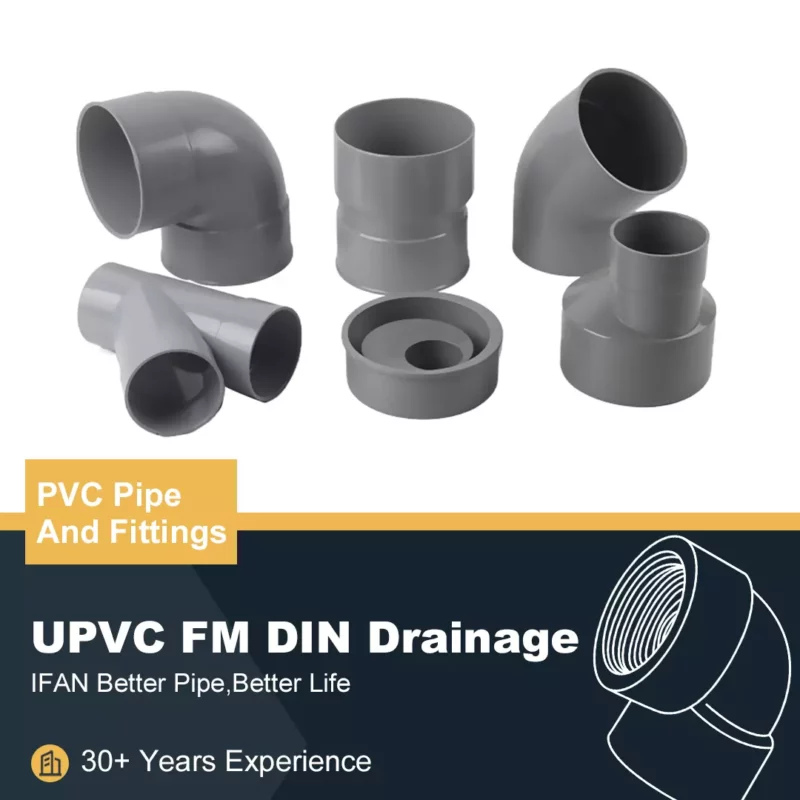
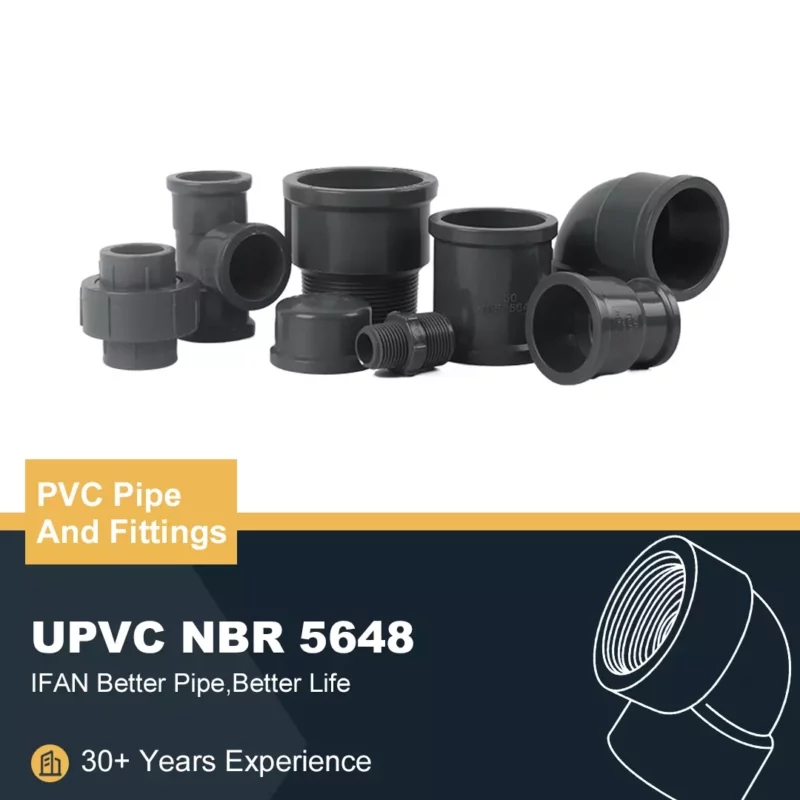
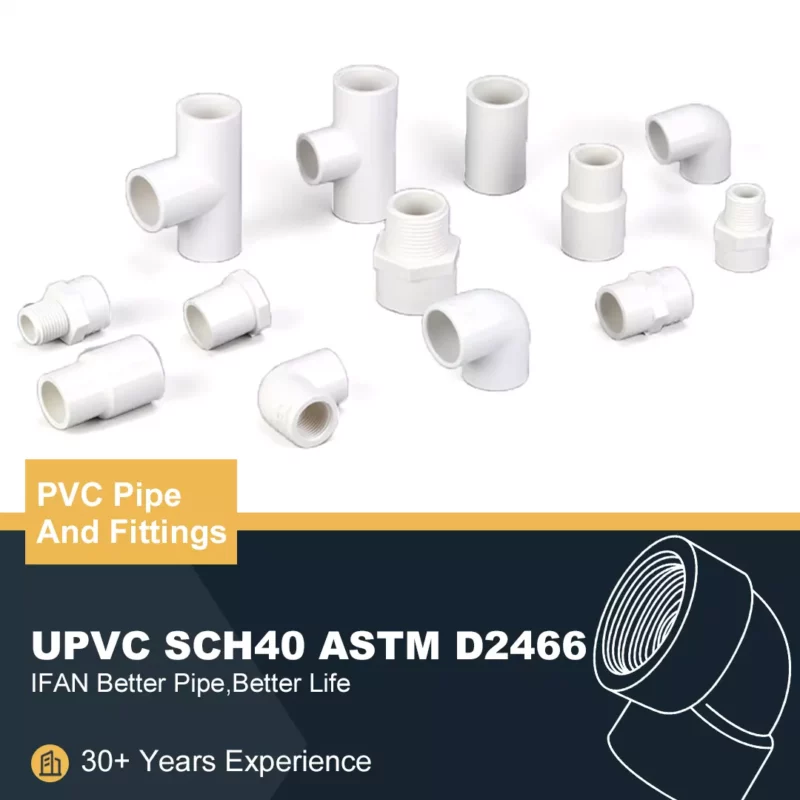
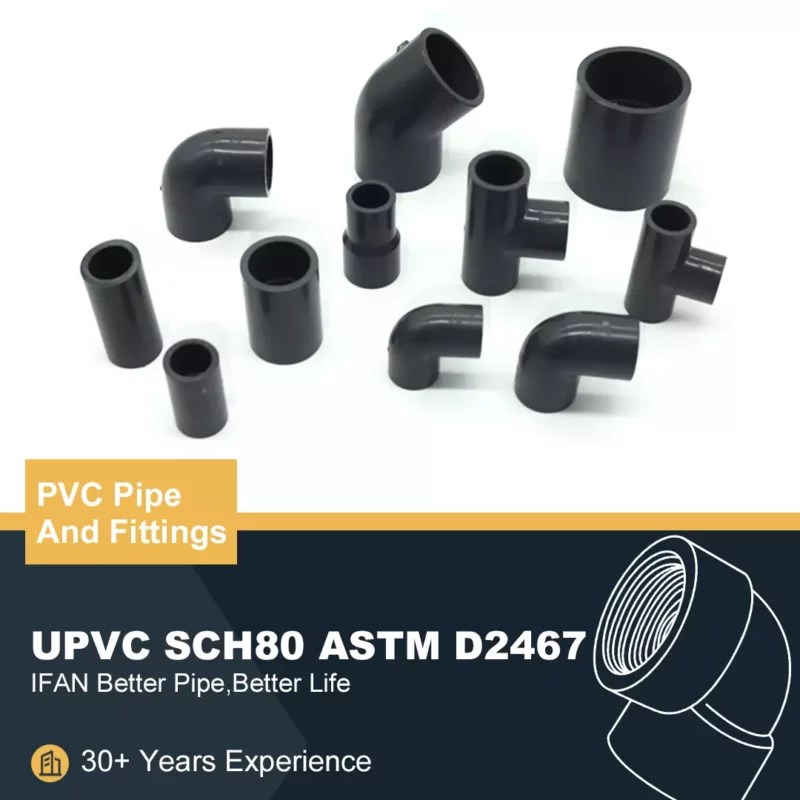
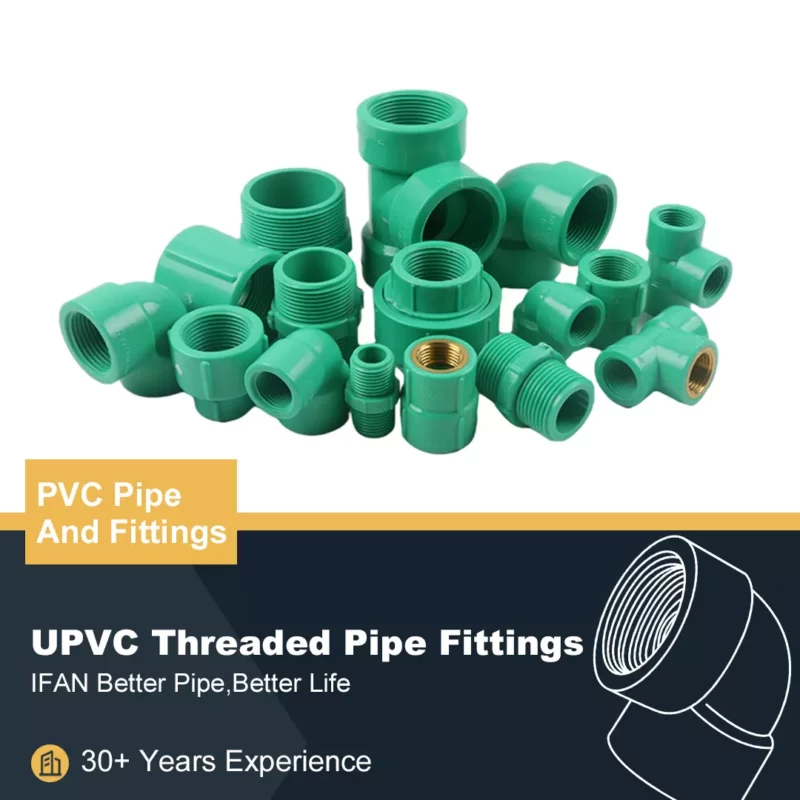
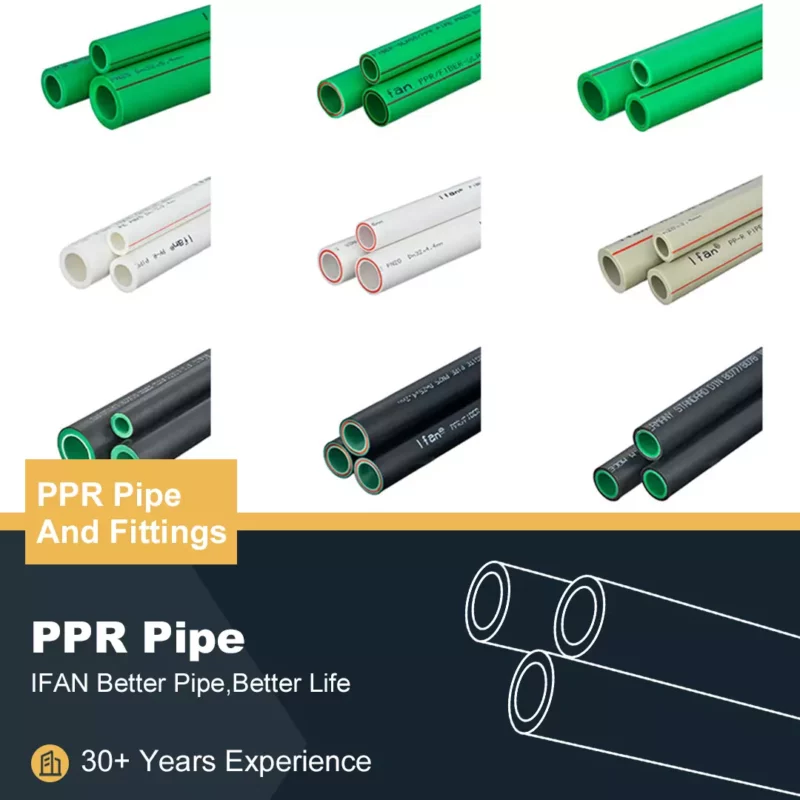
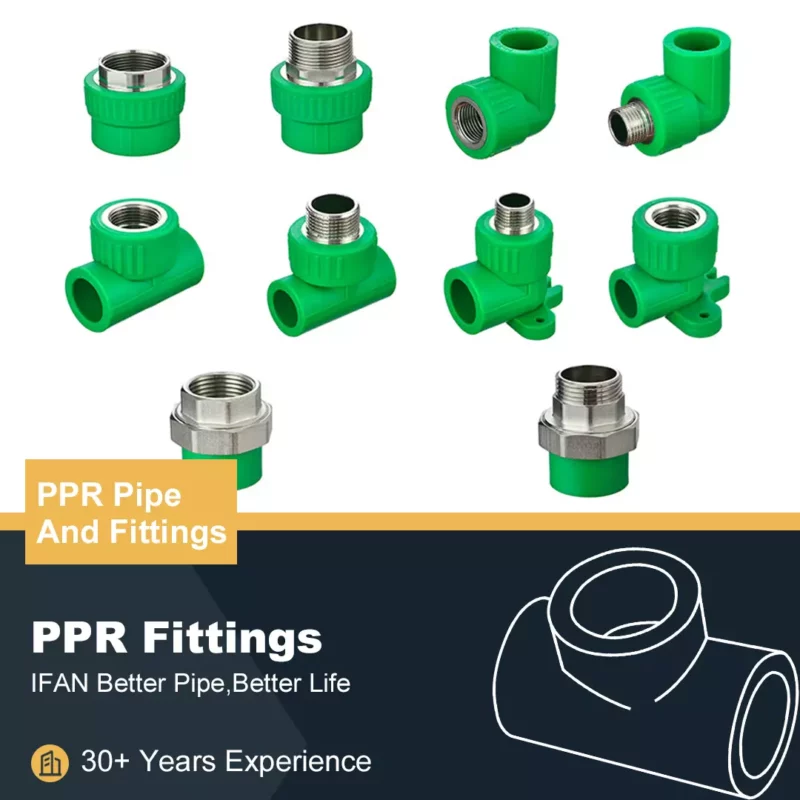
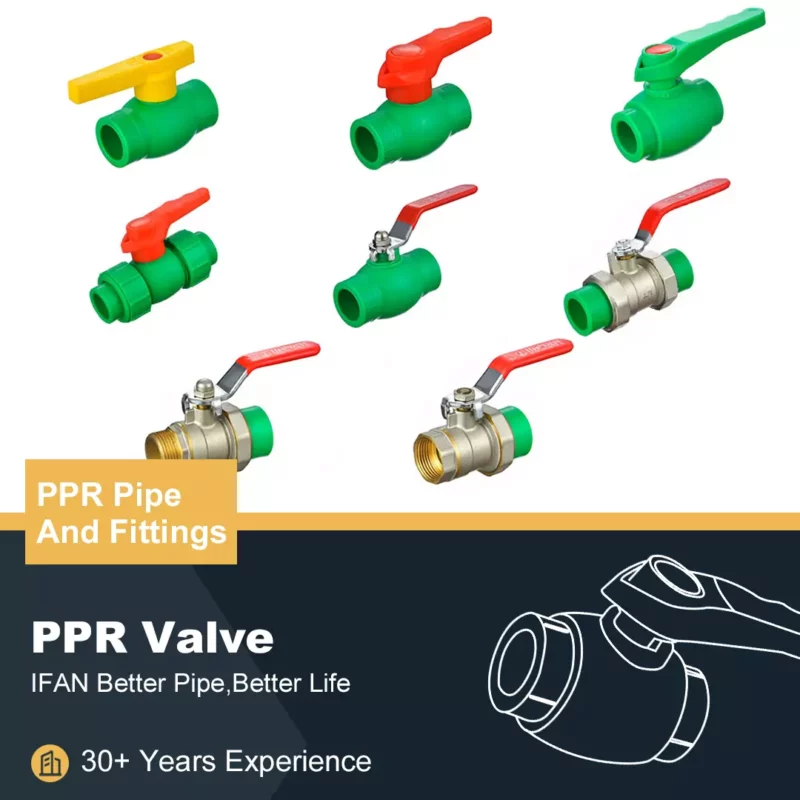
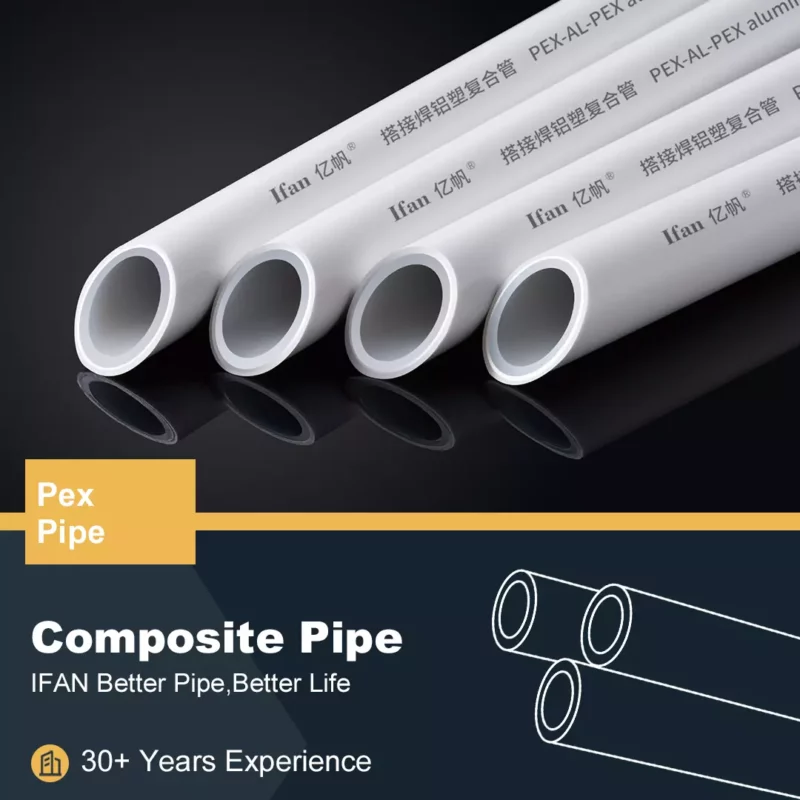
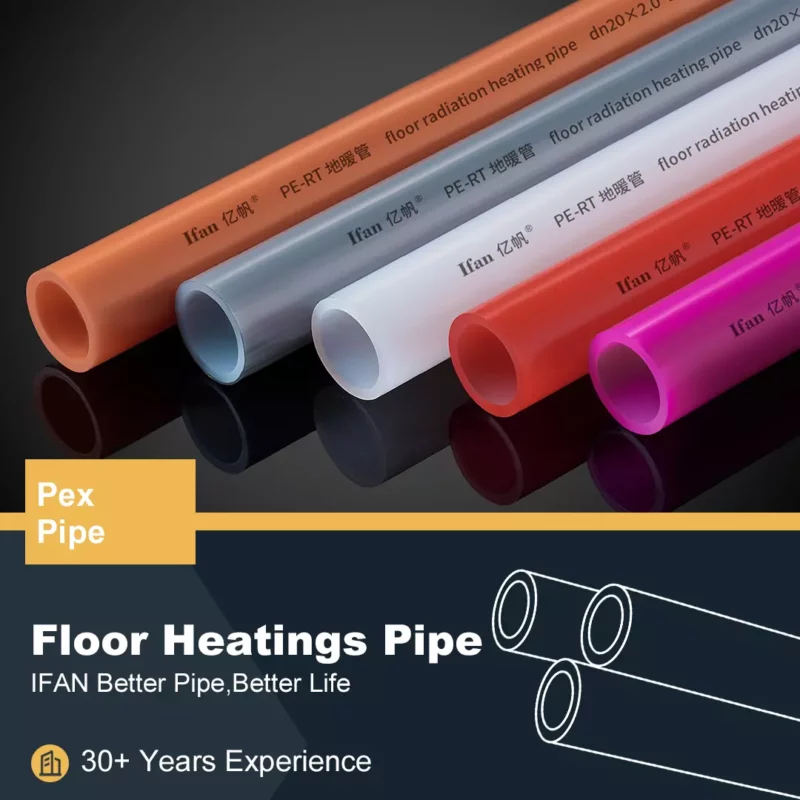
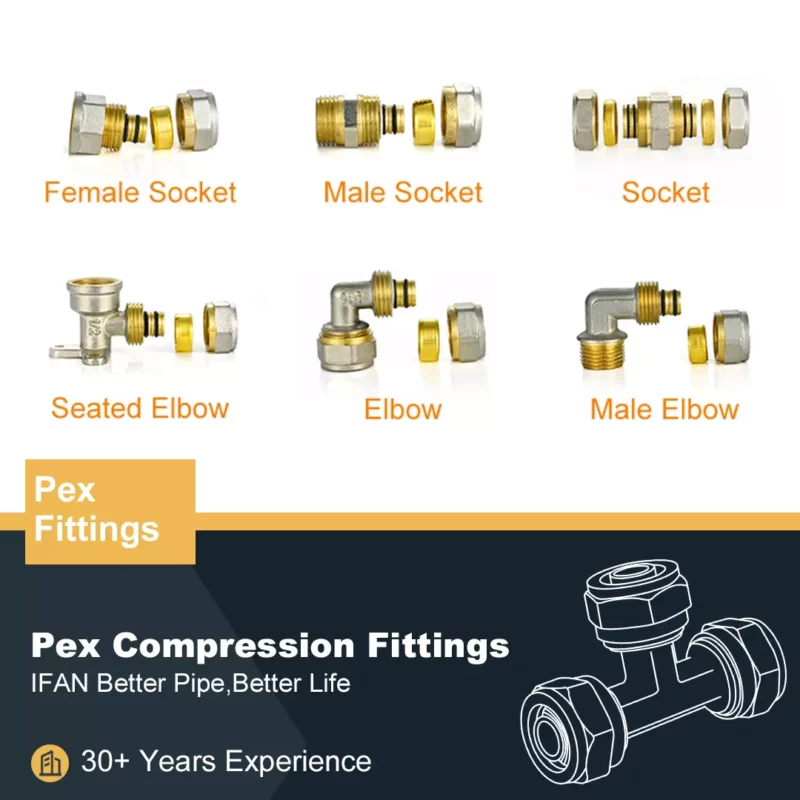
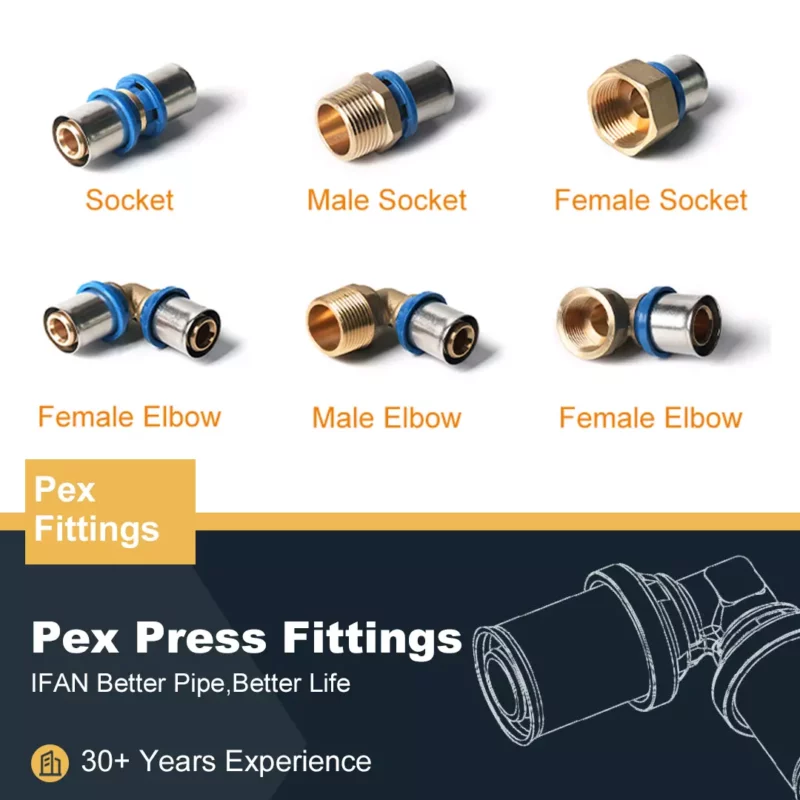
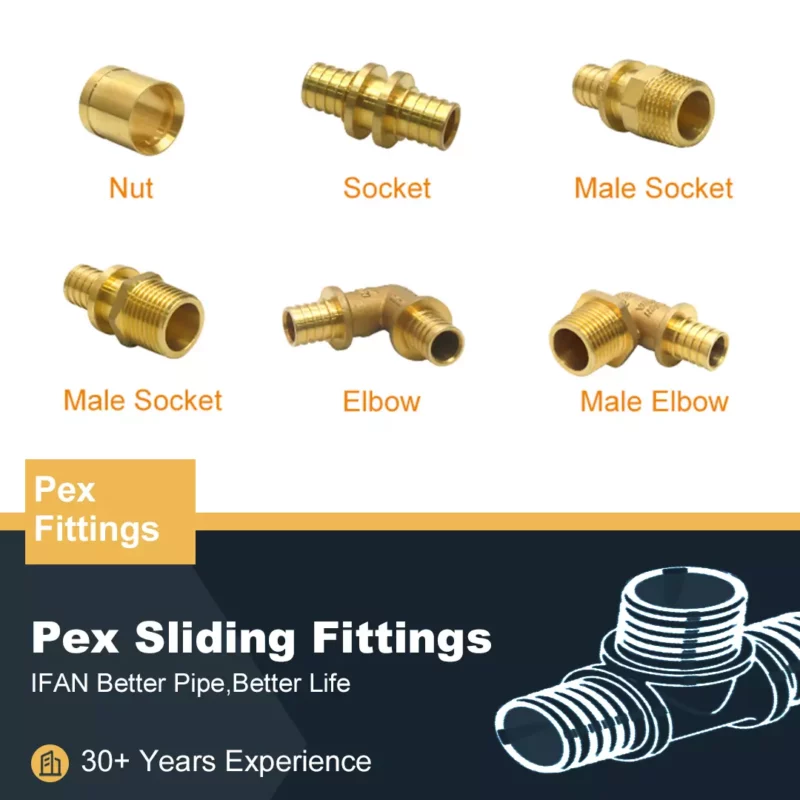
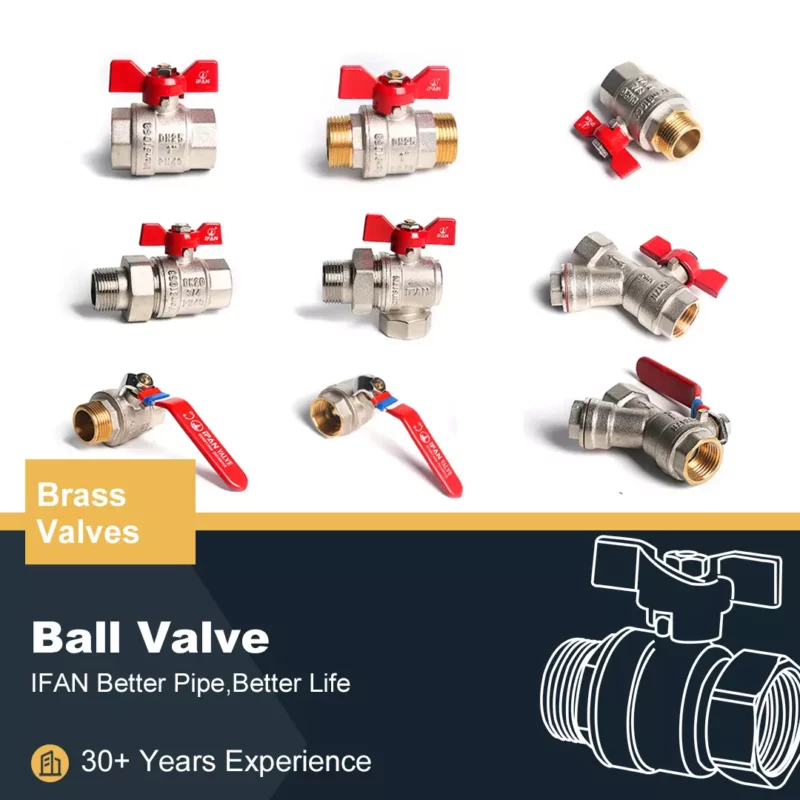
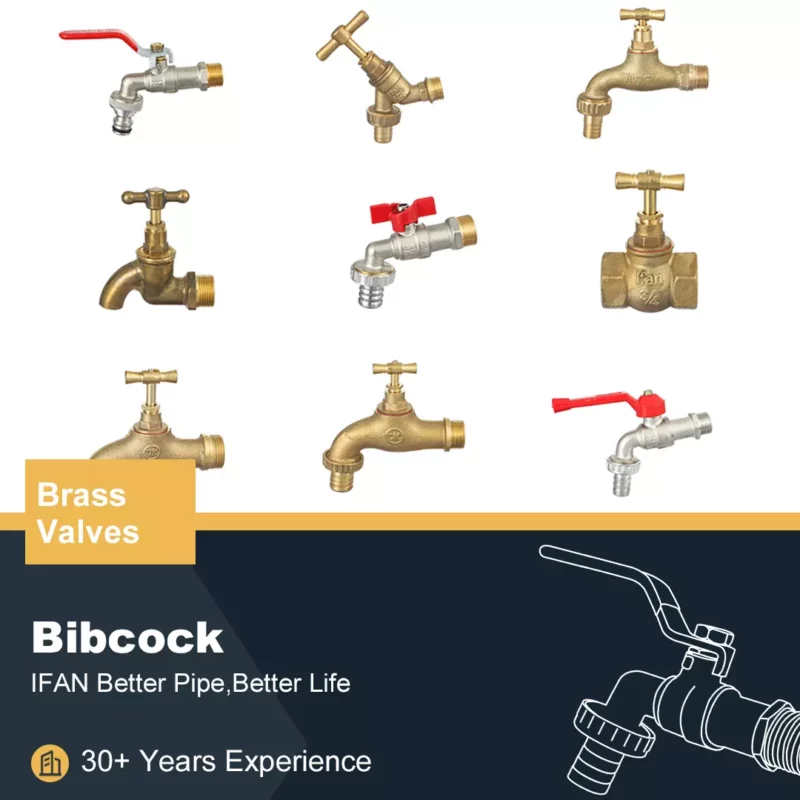
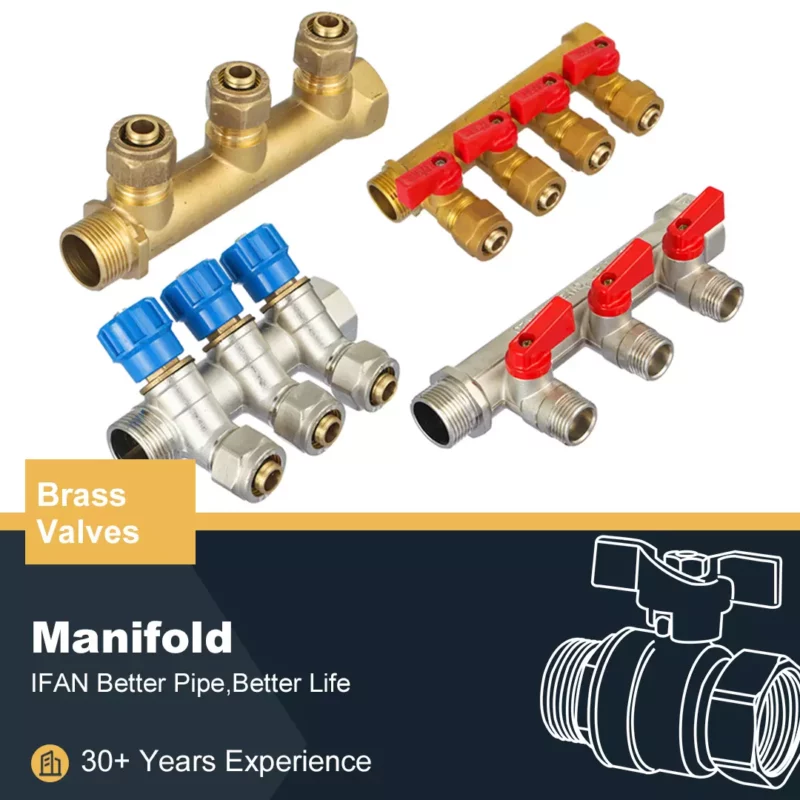
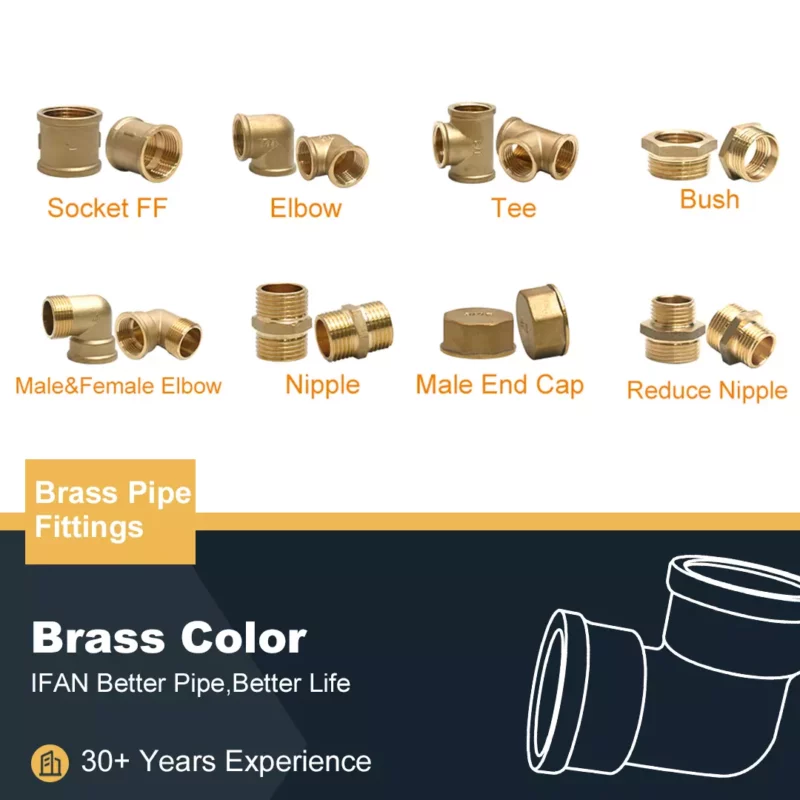
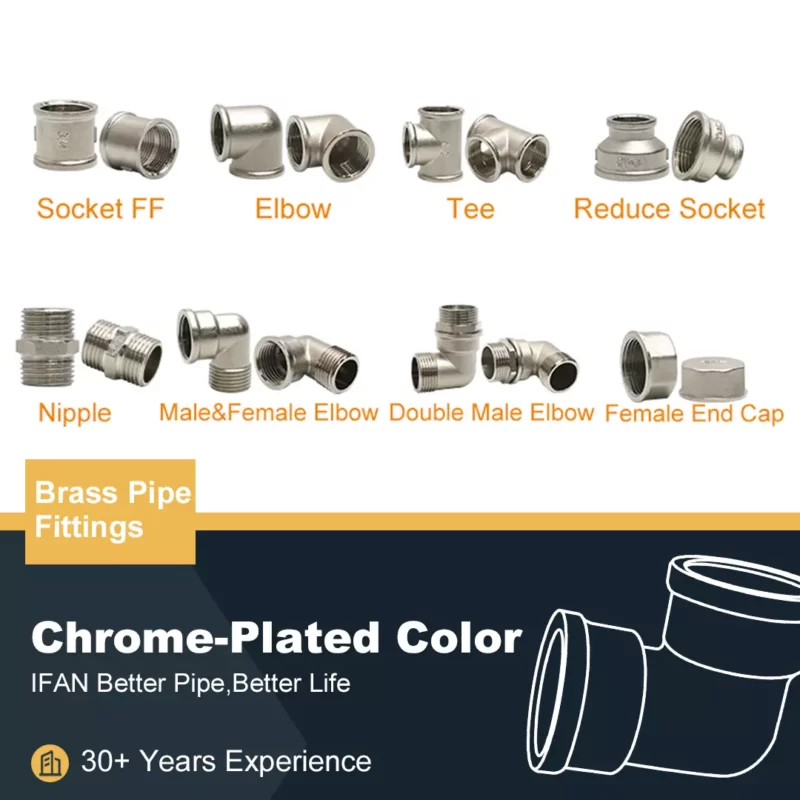
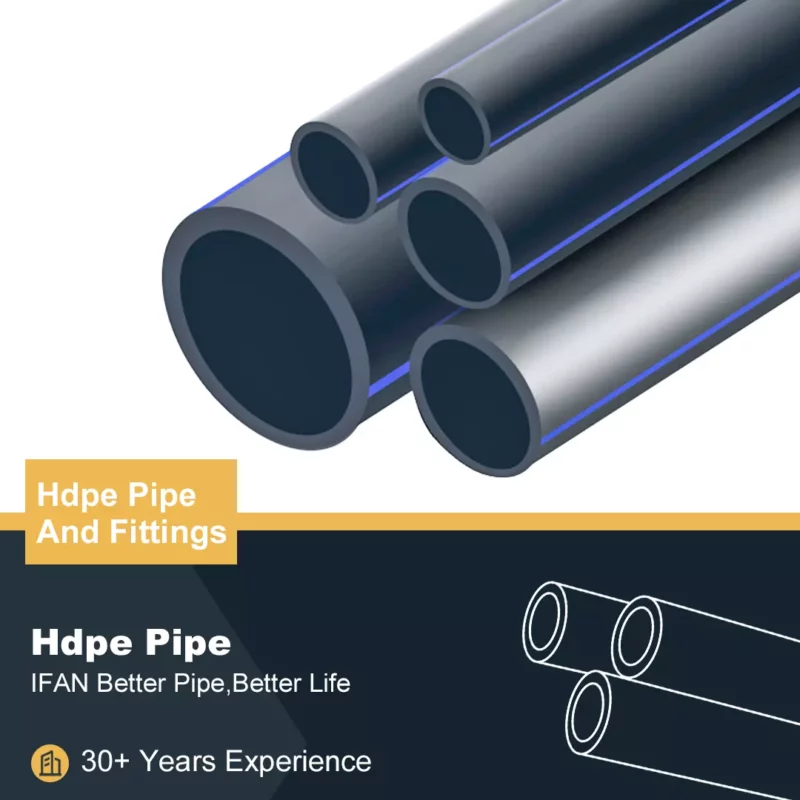
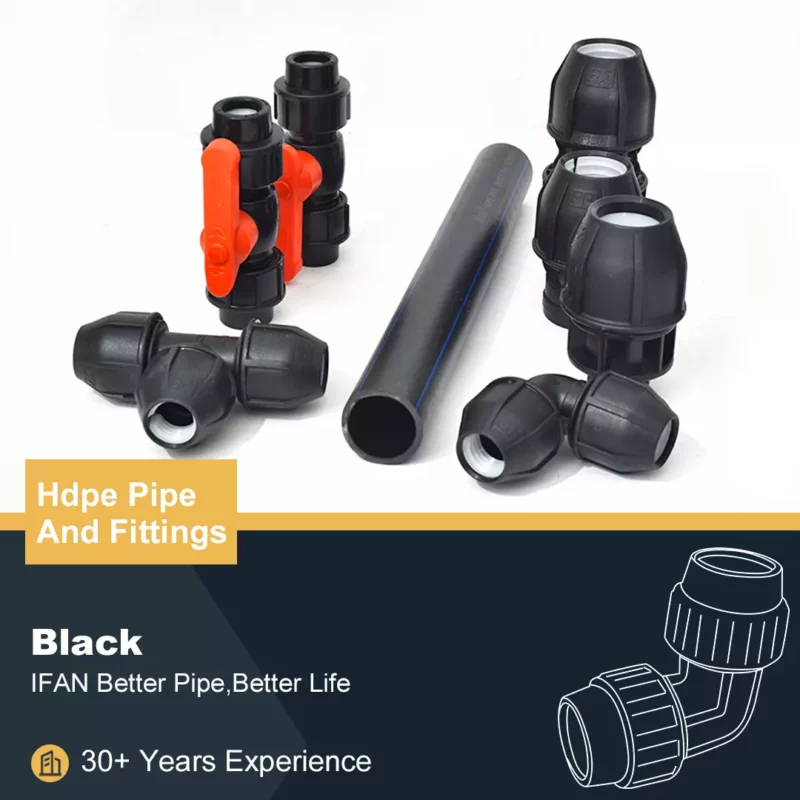
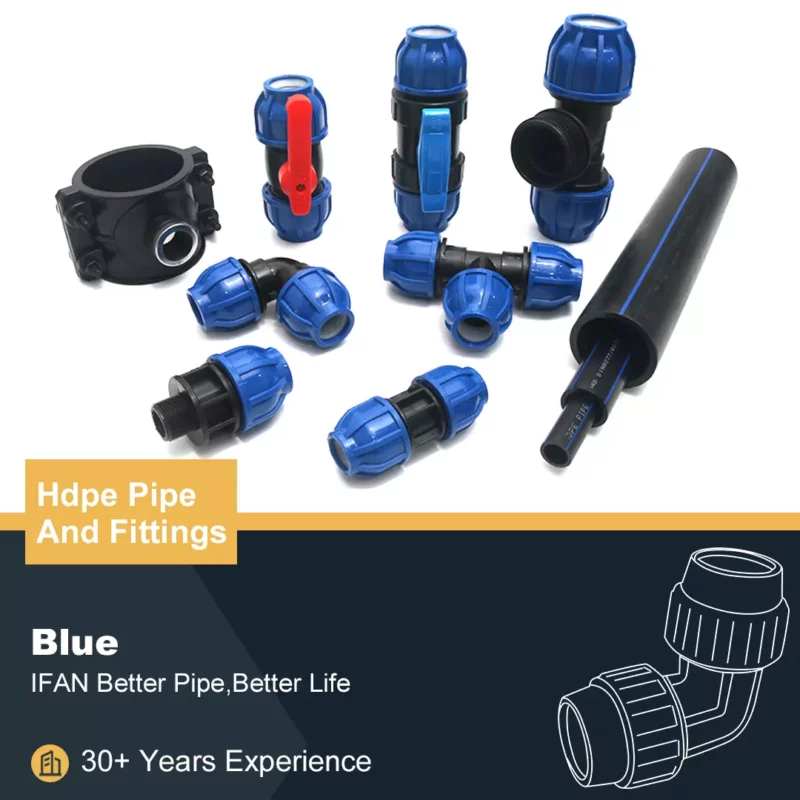
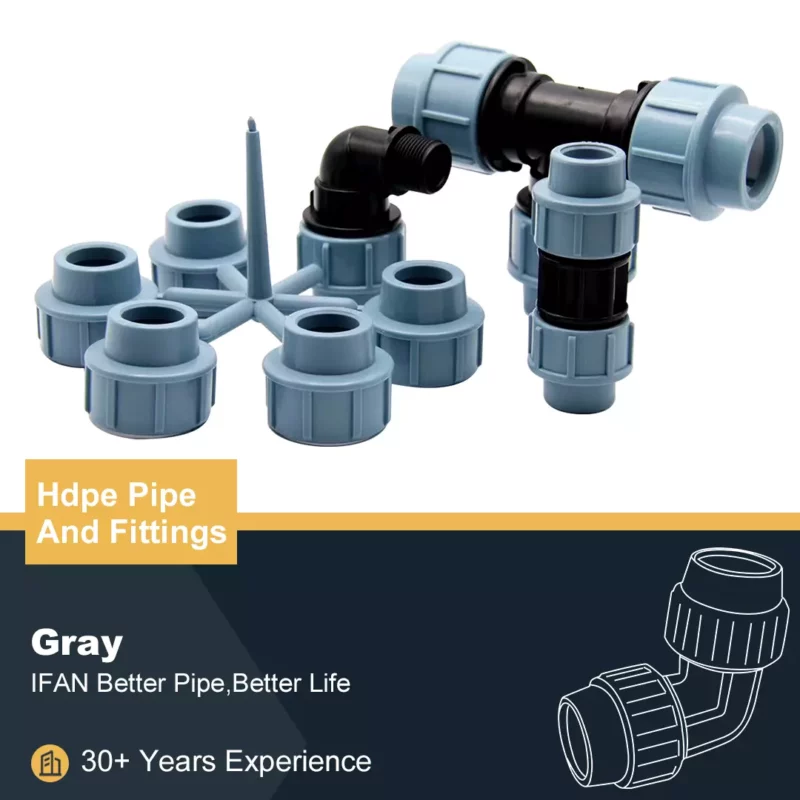
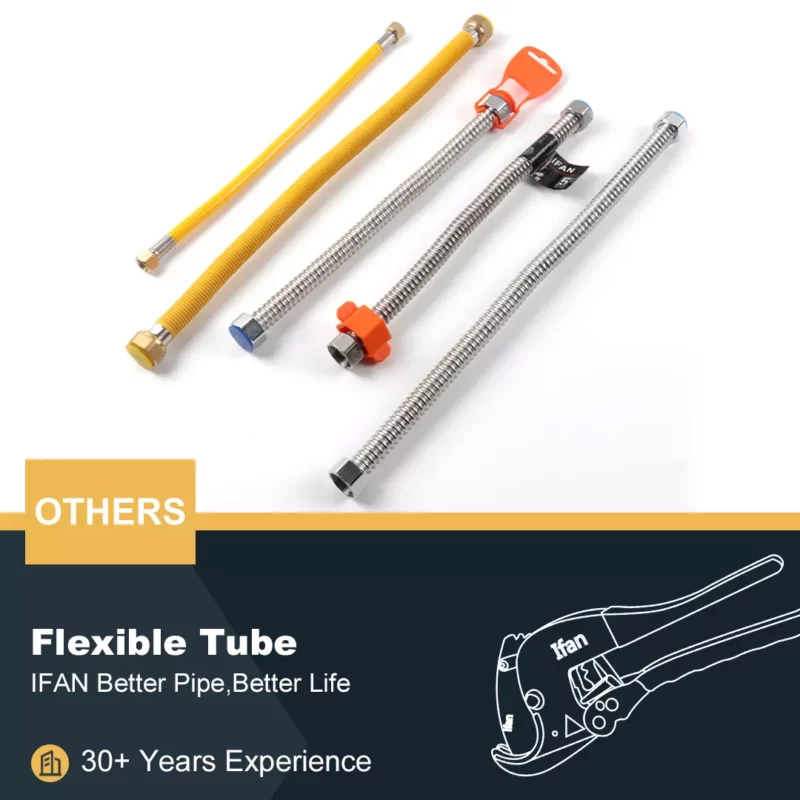
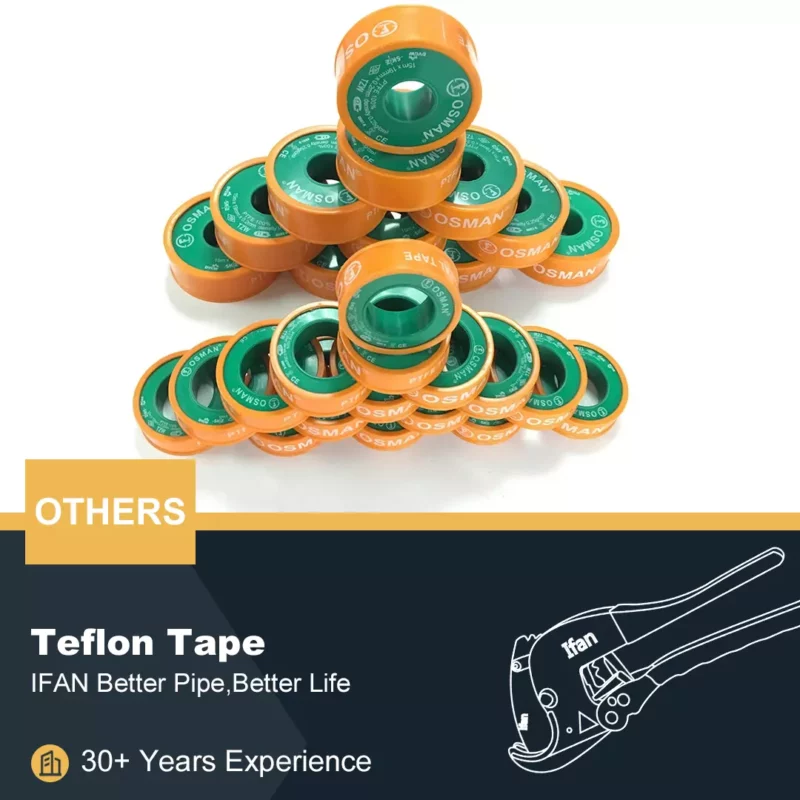
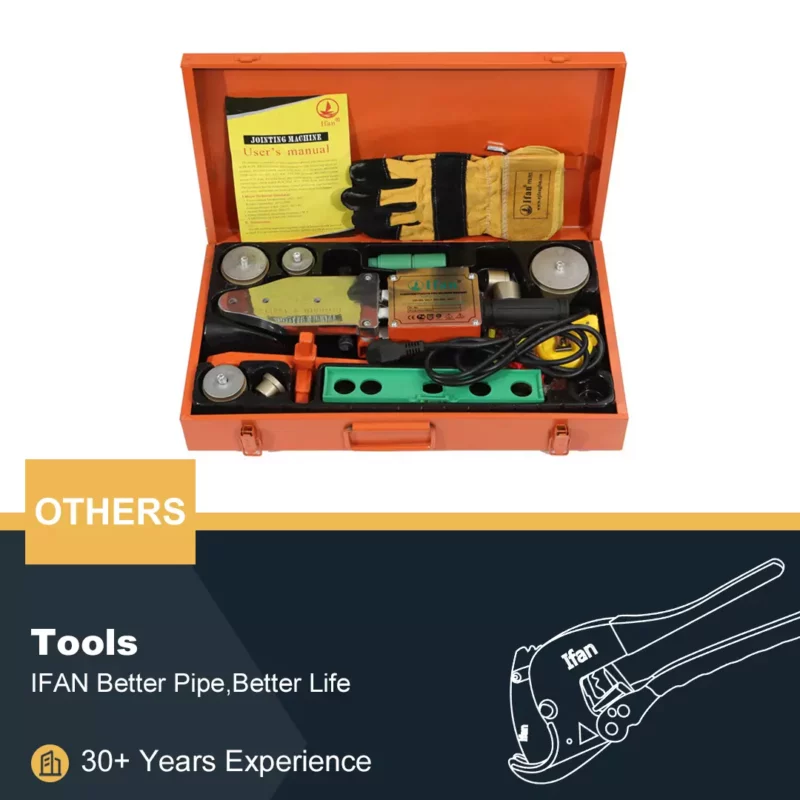


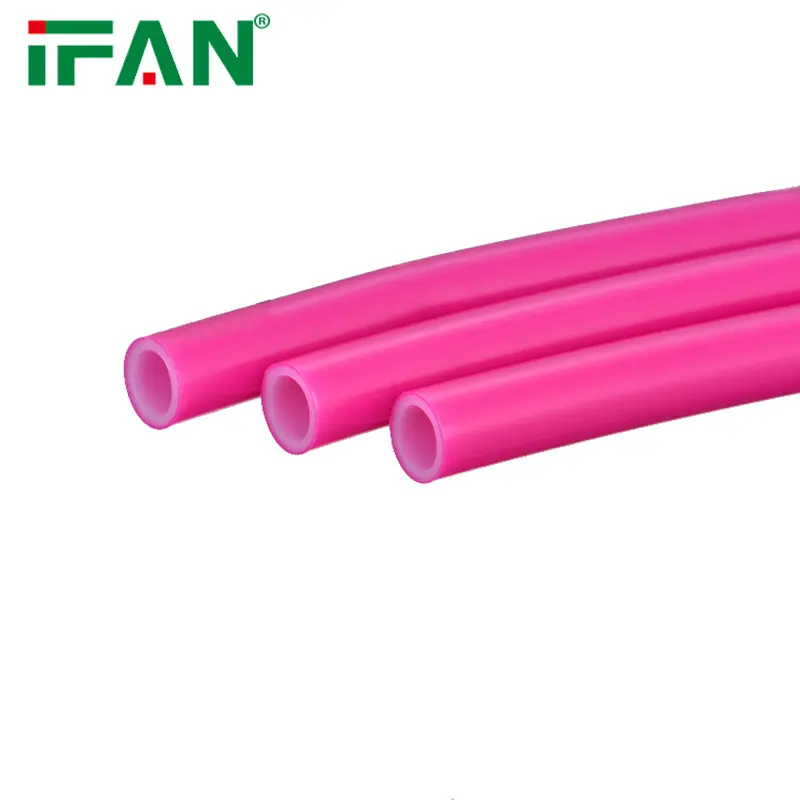







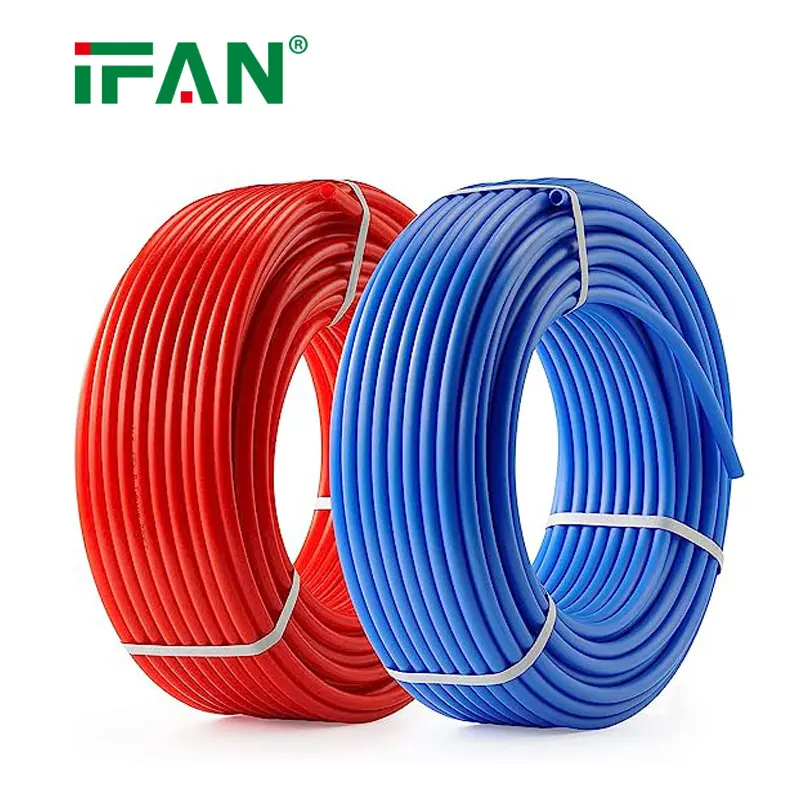



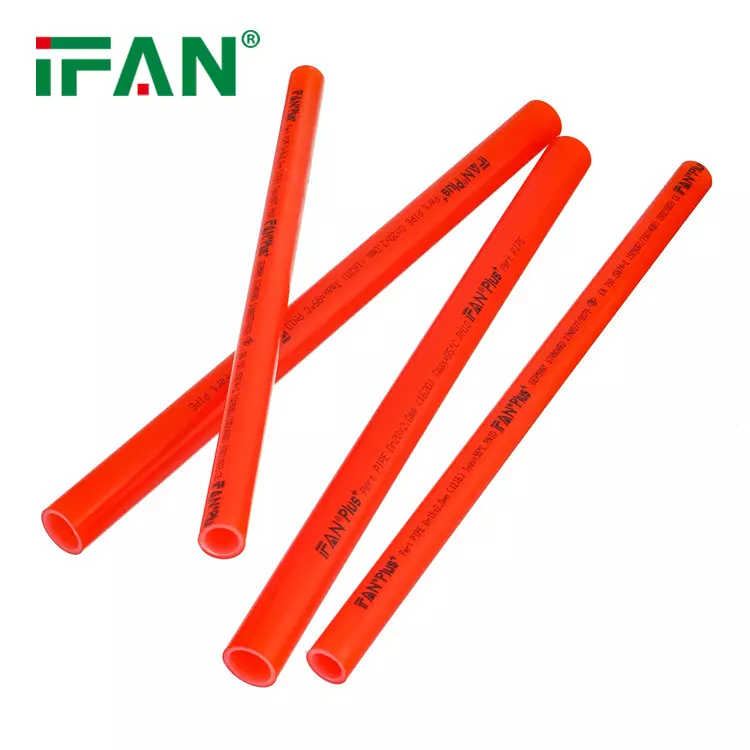
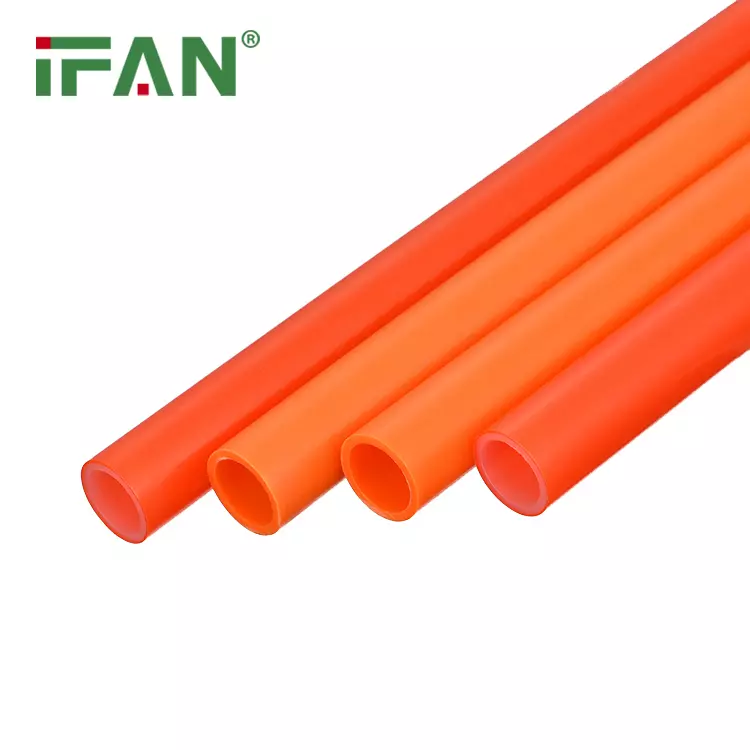
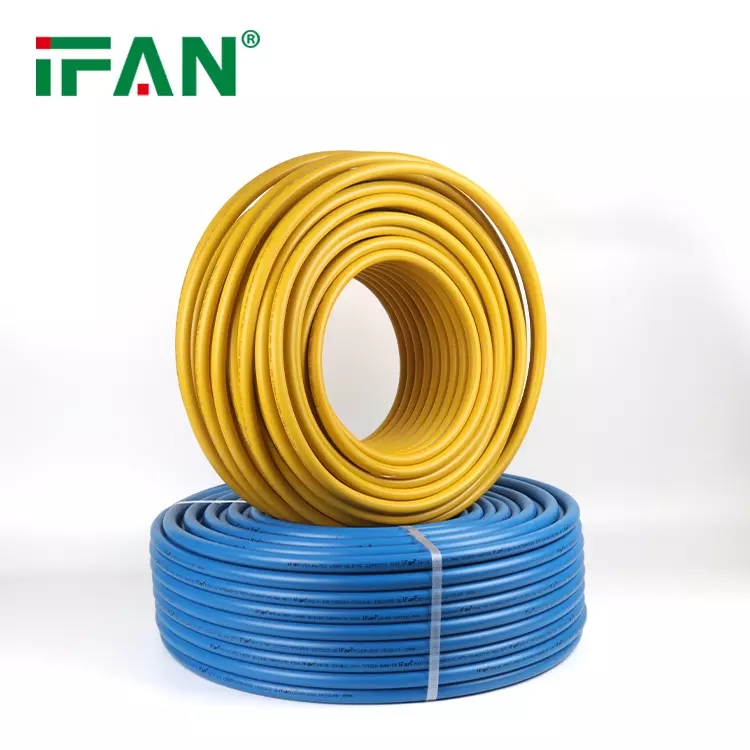







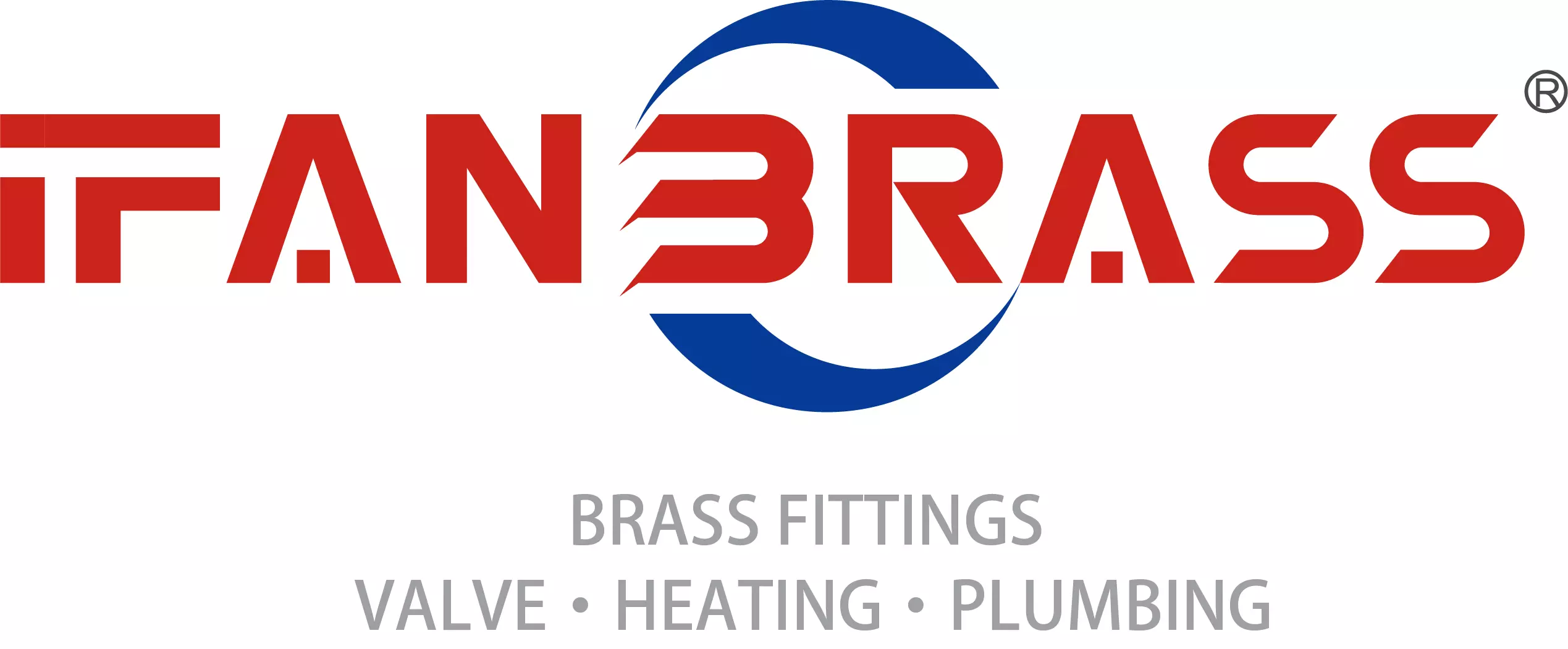





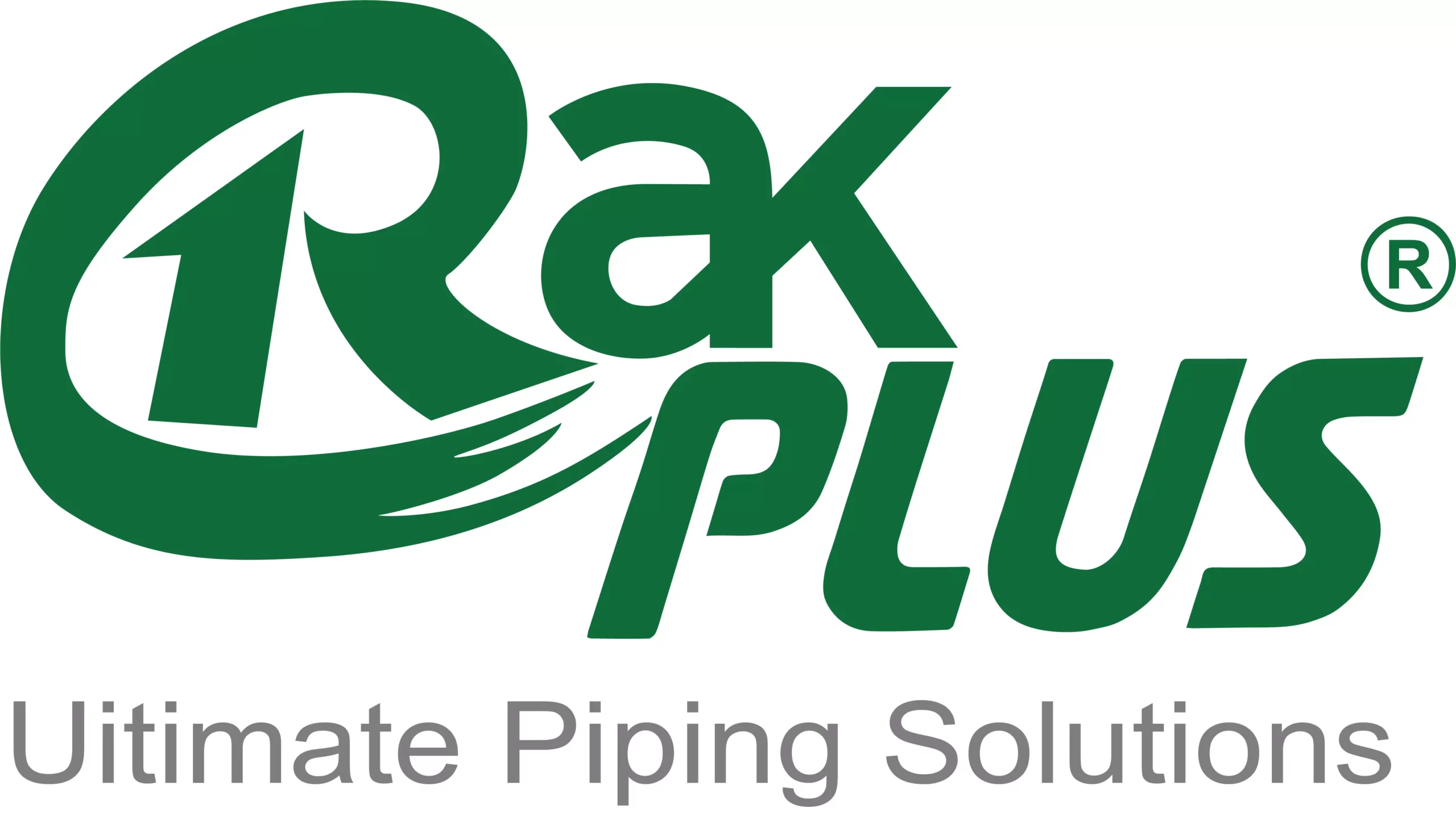
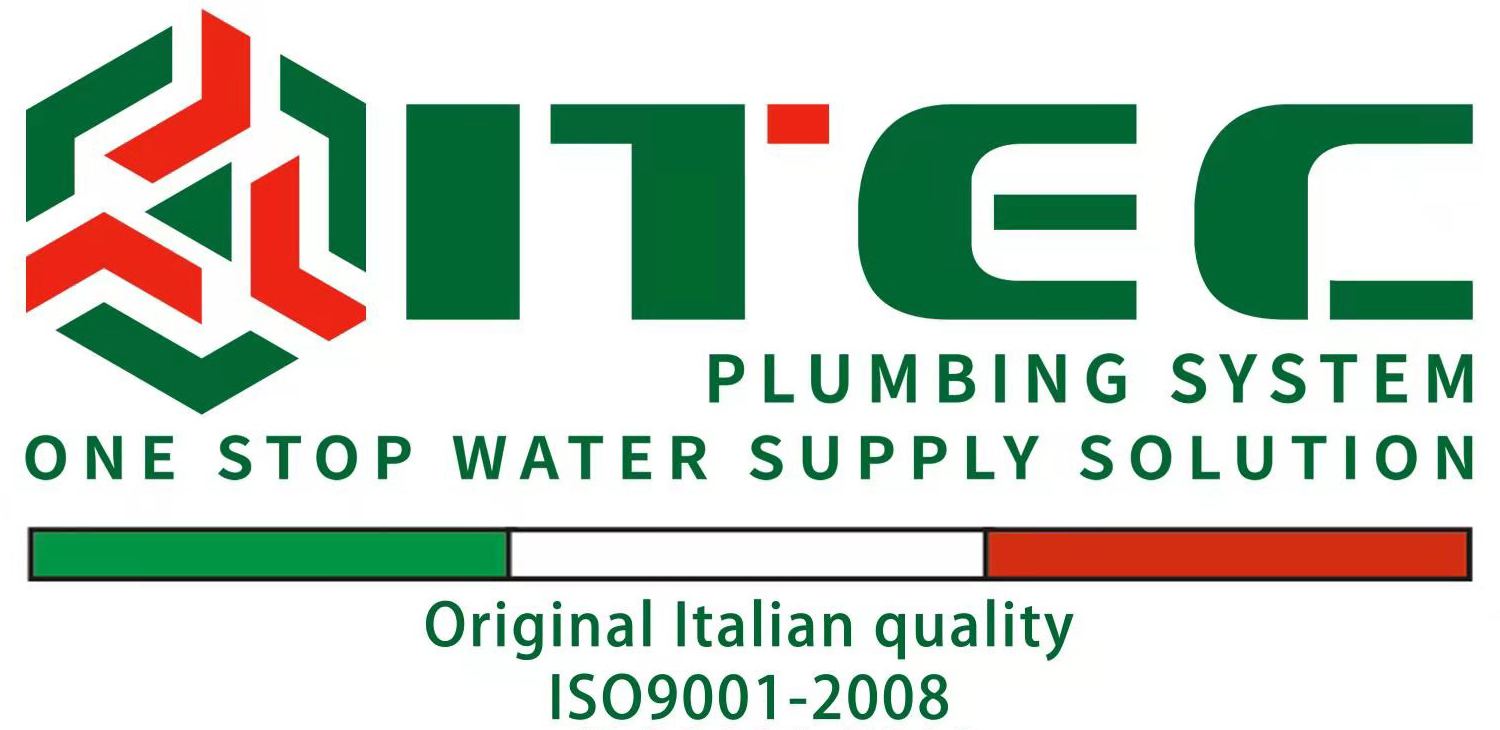




评价
目前还没有评价